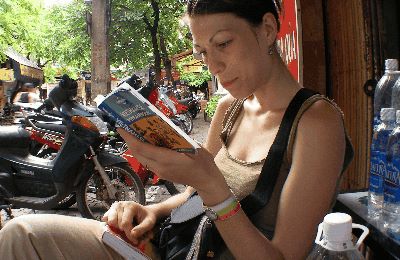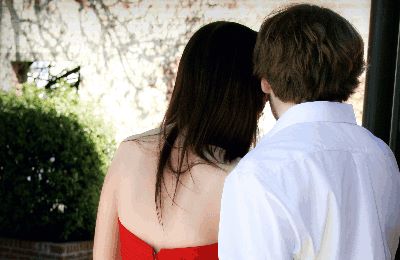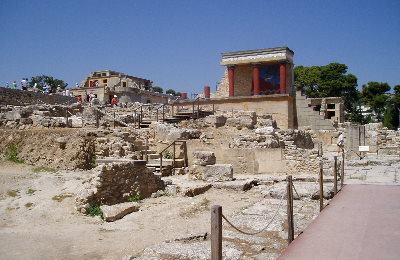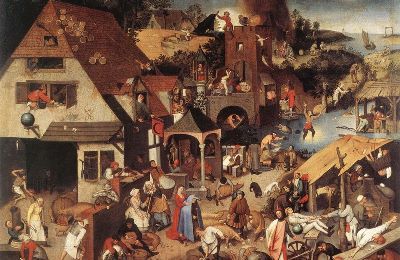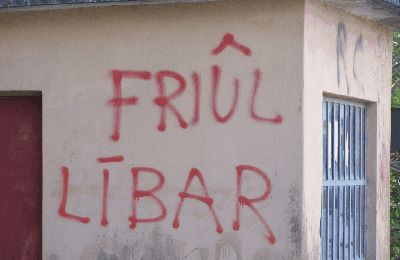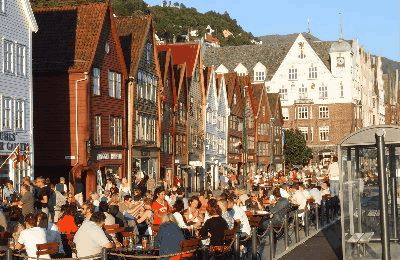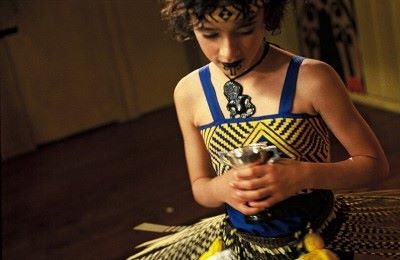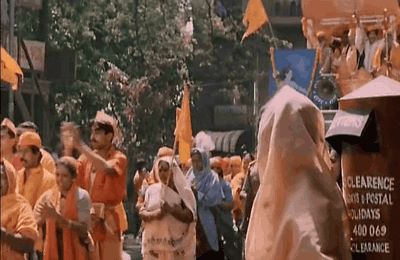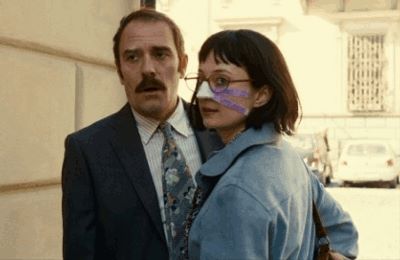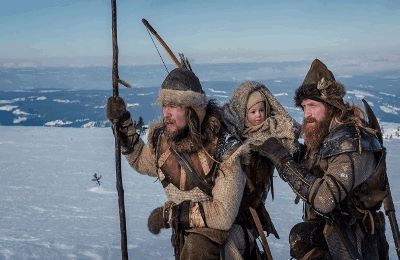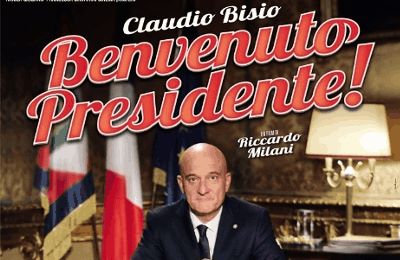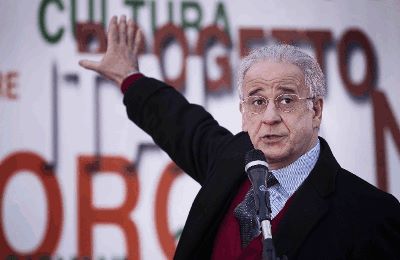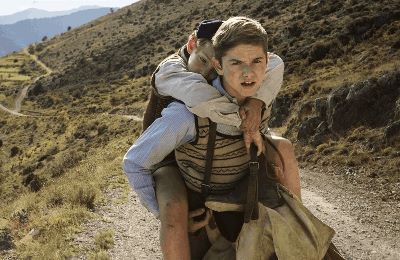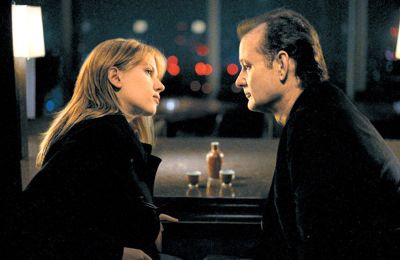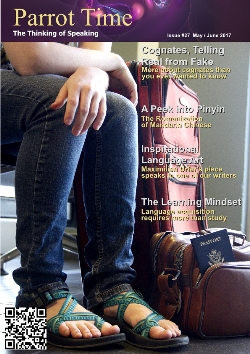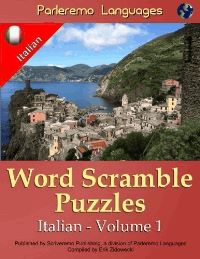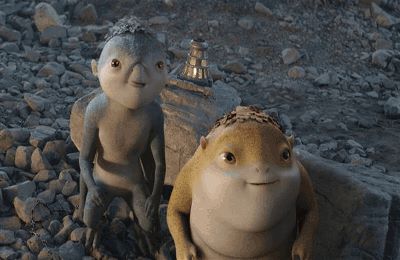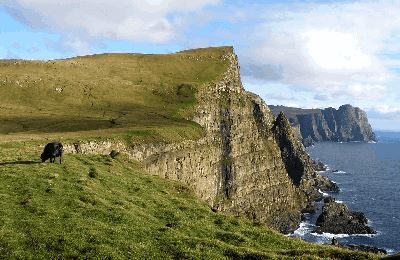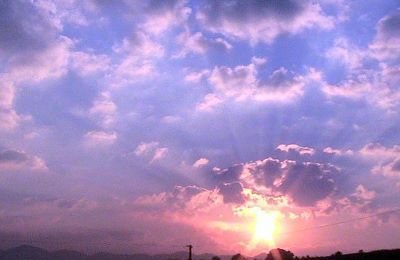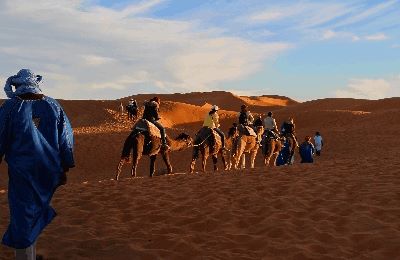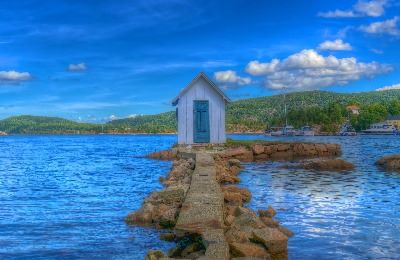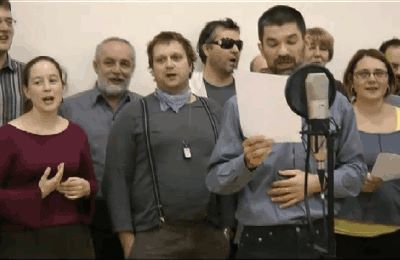At the Cinema
Atanarjuat: The Fast Runner
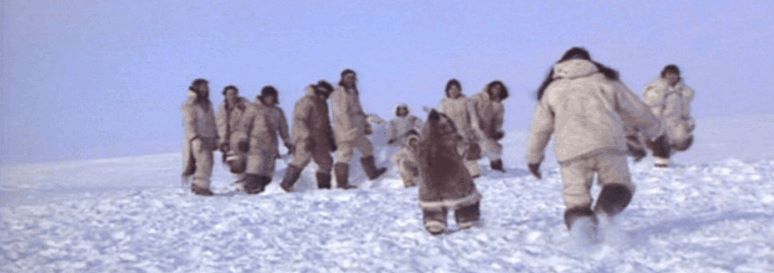
 Atanarjuat: The Fast Runner is the first feature film ever to be written, directed and acted entirely in Inuktitut. That in itself should be of interest to any language lover. Inuktitut is the name of some of the Inuit languages spoken in Canada, where the movie was filmed. I don't know if all of the actors were absolute natives, but I am thinking they are. Most were not professional actors before this. The story of Atanarjuat is a legend that is believed to be over five centuries old. The main plot involves two brothers, Atanarjuat and Amaqjuaq, whose father has adopted a curse upon the family. The second wife of Atanarjuat, Puja, makes love to Amaqjuaq and gets promptly beaten. Puja runs to her family, crying, claiming she has done nothing wrong. Her family plots with her a revenge upon the brothers, and after Puja returns to Atanarjuat and Amaqjuaq, she begs for forgiveness and is taken back in. Then she tells the other wives to go gather eggs while the men sleep. While they are sleeping, her brother Oki and two others sneak up to the tent and stab spears through it. Amaqjuaq is killed, but Atanarjuat runs out across the ice, naked and barefoot. Atanarjuat manages to escape, barely, and is rescued and healed. He eventually returns to have his revenge upon Oki, the curse is lifted, and the community is finally at peace. It is what really gives the movie its heart. It is telling us a legend, but it is showing us lives. The legend itself is rather vague, and the writers of the screenplay needed to talk to several native Inuits to piece together what they thought was the most accurate story. Even then, they needed to flesh it out with character development and accurate portrayals of Intuit life. This wasn't an easy thing to do, since while they could get details about clothes and customs from the journals of European explorers, they needed to figure out how people would have acted and how they would have said things back then. For that, they constantly consulted elder Inuit natives all during the process. 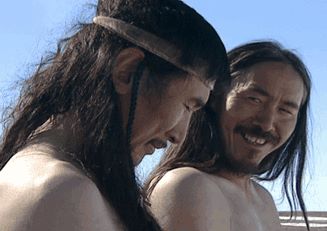 This is where the real importance of the movie is shown. It becomes an almost historical archive of the Inuit people, helping to record their ways for future generations. It also gives modern day Inuit children a clearer vision of their own heritage and something to be proud of, something which we often lose in culture, yet it is vital to the survival of that culture. Without a next generation speaking the language and continuing the traditions, an entire way of life dies out forever. The movie itself is basically a simple story so watching it is like seeing history unfold. The beginning is a little confusing, however, as they attempt to show the original curse being brought about. It's also not a film designed to be an action packed blockbuster or a sweeping love story. Like many legends, it is more of a soap opera, with different characters having their own schemes and past events being revived and concluded in the end. 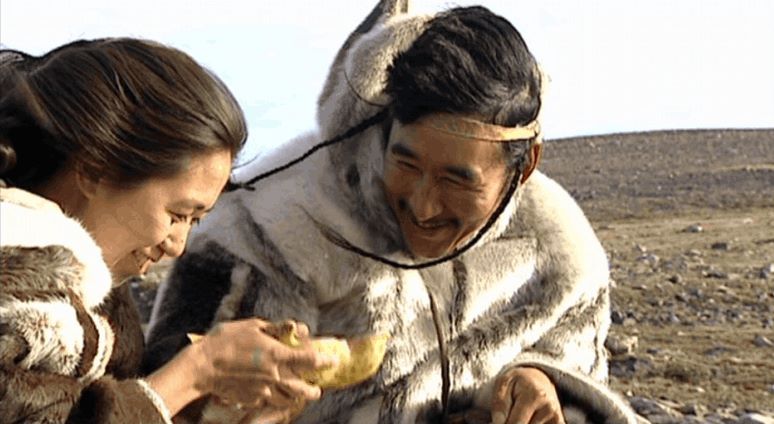 One of the things which really caught my interest in the movie was that this wasn't some imaginary setting on another planet... these people really did live in the frozen wilderness. Not only did they live, they did it without what so many of us would consider now as "bare necessities", such as hot water and electricity. One scene shows them building a new igloo for community gatherings, with them shaping each brick out of snow and placing it carefully. There are also a few scenes of them preparing food from the animals they have hunted, something that most of don't even want to think about doing. And while you might imagine that living like this would be completely miserable, they are playing, laughing and loving, just as we do in our "civilized" world. This observation might sound like a cliche, but for me, it is what really gives the movie its heart. It is telling us a legend, but it is showing us lives. The movie received many awards in 2001 and 2002, which is understandable, given the scope of what the producers were attempting. Besides telling the legend, the movie was providing people a vivid look at the Inuit culture and perhaps giving them their first ever experience with the Inuktitut. In that, it becomes both a story of betrayal and hope and a real hope of helping to preserve the culture and language of the Inuit people. It inspires future generations, both within and outside of the Inuit society. I definitely recommend you see this movie if you get the chance. |
| At The Cinema - Atanarjuat: The Fast Runner | ||||||
| Writer: | Erik Zidowecki | |||||
| Sources: | ||||||
| ||||||
| All images are copyright Digital Film Group, Vancouver, Canada and the producers of the film. | ||||||
All images are Copyright - CC BY-SA (Creative Commons Share Alike) by their respective owners, except for Petey, which is Public Domain (PD) or unless otherwise noted.
|
Looking for learning materials? Find entertaining and educational books for learning a language at Scriveremo Publishing. Just click the link below to find learning books for more than 30 languages!
| |
comments powered by Disqus


